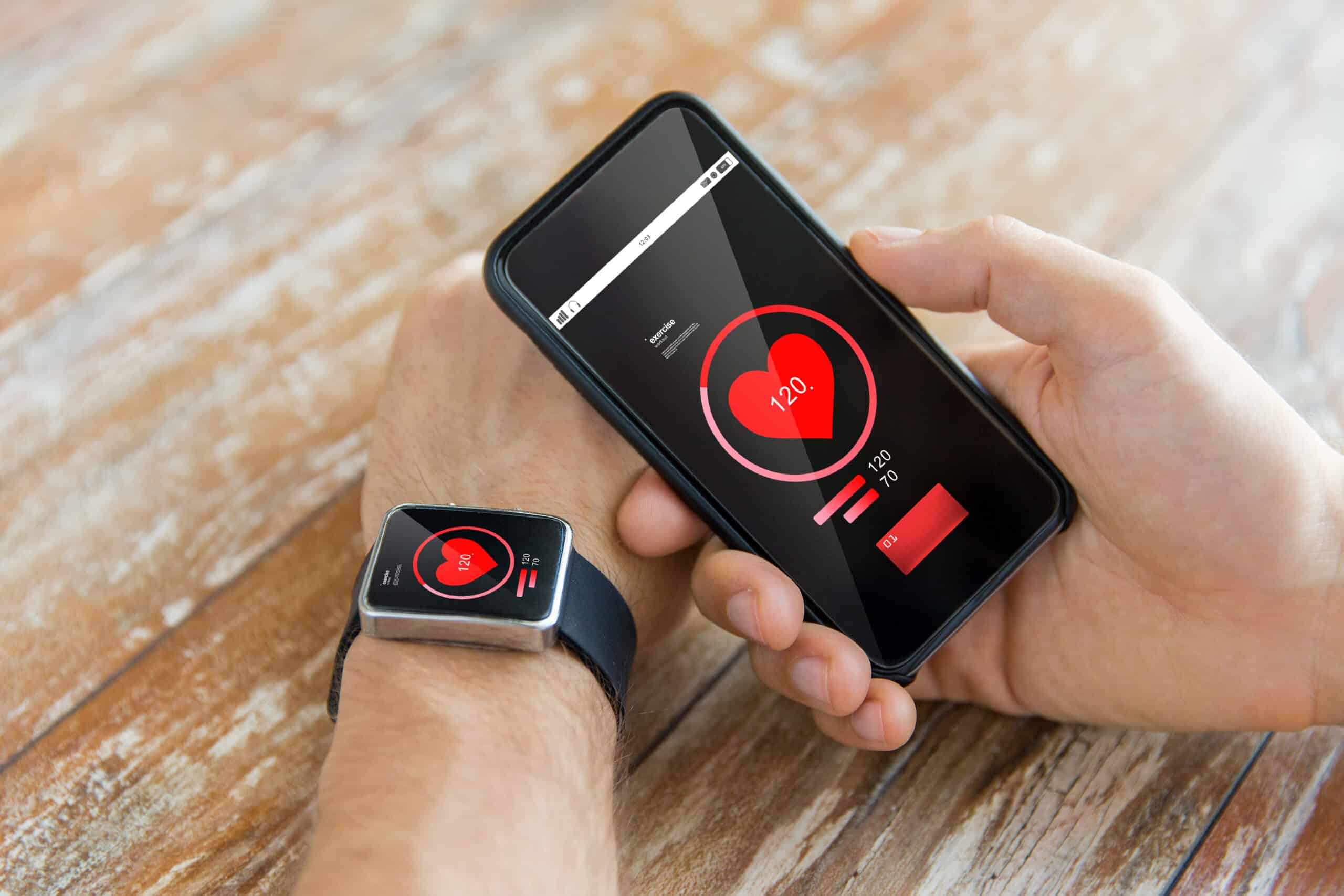The introduction and widening adoption of such devices has the potential to transform health care. Wearables can promote longevity by helping people monitor their health, reach peak performance, improve the experience of medical care, and much more.
The future of wearables promises to be exciting, with the continuing emergence of more innovations and developments in this technology. As these devices become more advanced and their clinical applications expand, their impact on population health and longevity will continue to grow.
The Wearable Medical Device Market
The advent of smartphones led to rapid advancement in the technology field, and health wearables have been a key area of innovation, particularly within the recent decade. Valued at $21.3 billion in 2021, the global wearable medical device market is expected to grow at a compound annual growth rate (CAGR) of 28.1% from 2022 to 2030 – at which point it is forecast to generate nearly $197 billion in revenue.
Several factors are driving market expansion, including the increasing adoption of these devices by the population and in healthcare, surges in product demand, and an aging population with a high prevalence of chronic diseases.
Innovations in Wearable Technology for Longevity
Wearable technology has improved significantly over the past few years and will continue to develop at an exponential rate because of advancements in technological capabilities, device features, user experience, and usability. While key market players like Apple, Fitbit*, and Garmin dominate the current market, many emerging companies have launched or are developing competing products that leverage cutting-edge science and design.
Engineers at The Ohio State University, The University of Wisconsin-Madison, and Caltech have recently developed new battery-free sweat-sensing devices that track certain biomarker levels in real-time, including concentrations of electrolytes and sugar in the bloodstream. These sensors can be worn as necklaces or implanted into the skin, yet they are still in the clinical trial process.
Another recent innovation comes in the form of a bioelectric bodysuit. The longevity wearable BodStim developed by BioLeonhardt Whole Body features electrodes located over organs and muscles that are integrated into the comfortable stretch suit. A small, pre-programmed stimulator delivers bioelectric signals to increase circulating Klotho levels – an anti-aging and muscle regeneration protein. Early clinical studies have reported an increase in Klotho levels of 150% over baseline. This could significantly impact longevity as low Klotho levels have been associated with accelerated aging and disease, including high blood pressure, calcification of arteries and heart valves, early-onset dementia, cancer, arthritis, and other aging-related ailments.
Wearables for Longevity: Virtual Reality Exercise Games
According to the latest science, humans can live up to 150 years given appropriate conditions and healthy lifestyle factors, ranging from social connection to nutritional patterns. The new era of health wearables provides opportunities to manage health in real-time using data about the body and to adjust and optimize areas that need improvement, thereby supporting long-term health, preventive care, and extended lifespan.
At the same time, wearable technologies are creating new ways for people to exercise and care for their health. This is particularly relevant for those who are older or with disabilities, who engage in less exercise, and don’t receive the same cognitive and emotional benefit from playful physical activity. Researchers have discovered that virtual reality-based exercise games (VREs) can provide an accessible way to engage in physical activity, regardless of age or ableness.
The advances in new games, especially interactive games such as Nintendo’s Wii-Workouts, make it possible to improve physical and cognitive health better than traditional exercise while playing with others. According to the results of two randomized control trials, a single session of Wii-Workouts improved the semantic memory and executive function of elderly individuals, and 12-16 sessions increased the short-term memory and mobility of the same group.
The Future of Wearables in Medicine
Wearables have been used for decades in medicine, but the technology continues to evolve rapidly. These devices are no longer just a way to monitor current and long-term well-being; they are increasingly becoming capable of directly impacting health outcomes with movement alerts, fall warnings, cardiovascular data trends, and physical activity routines.
With an increasing interest in the space and innovations on the horizon, the future of health wearables in medicine and their potential uses for longevity is looking bright.
*A4M’s remote patient care platform, ADigital Health, is integrated with FitBit. Learn more by clicking here.




